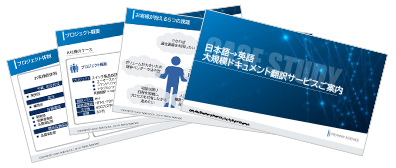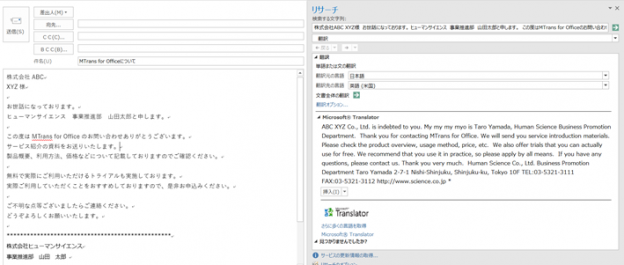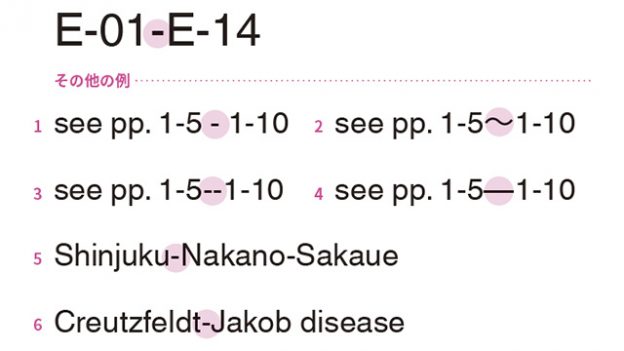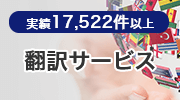
In documents using technical writing, such as manuals and instruction manuals, clarity of content is prioritized above all else, so it is important to avoid complex grammar and sentence structures.
This time, we will focus on how to use prepositional phrases.
In technical writing, it is important to be careful when using prepositional phrases as they can often make expressions unnatural and difficult to understand.
Here are some examples of using inappropriate prepositional phrases.
- Table of Contents
>>Related Download Materials: 9 Examples of Machine Translation Errors and Post-Editing Checklist
1. Example of using an inappropriate prepositional phrase①
- ・Original text: When this setting is enabled, you can select the entire font in the font settings dialog.
- ・Translation (before correction): <font id="2">With this setting enabled, whole fonts can be selected on the Font setting dialog.
- ・Translation (Revised): <font id="2">When this setting is enabled, you can select entire fonts in the Font setting dialog.
In the original text, the phrase "この設定を有効にすると" is followed by a prepositional phrase "with + O + C" which indicates the accompanying situation. While there are no grammatical or structural errors, in technical writing, it is more common to use a clearer (i.e. easier to read) subordinate clause, so it has been revised as shown in the corrected version.
※Construction of "with + O + C" to indicate accompanying circumstances: Used with the verb "with" to indicate accompanying circumstances, meaning "while...," "while still...," or "while remaining..."
2. Example of using an inappropriate prepositional phrase②
- ・Original: When this flag is turned on, only system statistics will be displayed.
- ・Translation (before correction): <font id="2">With this flag turned on, only system statistics will be displayed.
- ・Translation (Revised): <font id="2">If this flag is turned on, only system statistics will be displayed.
As with example ①, this example also uses the "with + O + C" construction to express accompanying circumstances, so it has been modified to a subordinate clause for readability.
3. Example of using an inappropriate prepositional phrase③
- ・Original text: By resolving the error state and clicking the [Clear] button, the error display will be cleared.
- ・Translation (before correction): Resolve the error status <font id="2">before clicking the [Clear] button to clear the error display.
- ・Translation (revised): Resolve the error status <font id="2">and click the [Clear] button to clear the error display.
When using "(before fixing) resolve... before clicking...", it means "resolve... before clicking...". However, it is not necessary to use this expression. It is more readable and appropriate for the manual to use "perform action 1 ⇒ perform action 2" ("resolve... and click...").
4. Example of using an inappropriate prepositional phrase④
- ・Original text: Connect each speaker and amplifier with a speaker cable while the amplifier is turned off.
- ・Translated Text (Before Correction): <font id="2">When the amplifier is turned off, connect each speaker to the amplifier using the speaker cable.
- ・Translation (Revised): <font id="2">While the amplifier is switched off, connect each speaker to the amplifier with the speaker cable.
The original text, "with the power of the amplifier turned off," is written as a prepositional phrase, making the structure redundant and difficult to read. Expressions like "in a state of ~" are more natural and easier to read when expressed as "While S+V+O".
5. Example of using an inappropriate prepositional phrase ➄
- ・Original: When expanding the document in doc format, clicking [Edit and Reply] will automatically save it as a docx format.
- ・Translated text (before correction): Expanded doc format documents will automatically be saved in docx format <font id="2">upon clicking "Edit and reply" to edit.
- ・Translation (revised): Expanded doc format documents will automatically be saved in docx format <font id="2">when “Edit and reply” is clicked to edit.
"Upon clicking" has the same meaning as "クリックし次第" or "クリックしたら(すぐ)", so the meaning remains the same as the original text. However, "upon" is a less commonly used preposition and "upon + ~ing" can be difficult for non-native English speakers to understand, so it is better to avoid using it.
In general writing, when both clauses and phrases can be used, phrases are often used more frequently to avoid inappropriate pronouns and auxiliary verbs. For example, the phrase "There are two key metrics that <font id="1">you can use to judge success." is more commonly used than "There are two key metrics <font id="3">with which to judge success."
However, this trend does not necessarily apply to technical writing. Especially when performing technical translation, it is important to recognize the fundamental differences between general writing and technical writing.
Author Information

-
Andy ParkMultilingual Translation Group
Japanese-English Translation Reviewer- ・In my previous job, I worked as an IT engineer for about 4 years, and then I worked as an English conversation instructor for 8 years, where I was involved in developing educational programs and training instructors.
- ・Translation experience of 11 years, specializing in IT and business fields.
- ・Currently engaged in translation work and translation quality management, primarily focusing on FA-related products such as product manuals, help documents, and operation manuals.
- - Responsible for evaluating and verifying the translation quality of machine translation engines.
>>Related Download Materials: 9 Examples of Machine Translation Errors and Post-Editing Checklist

























